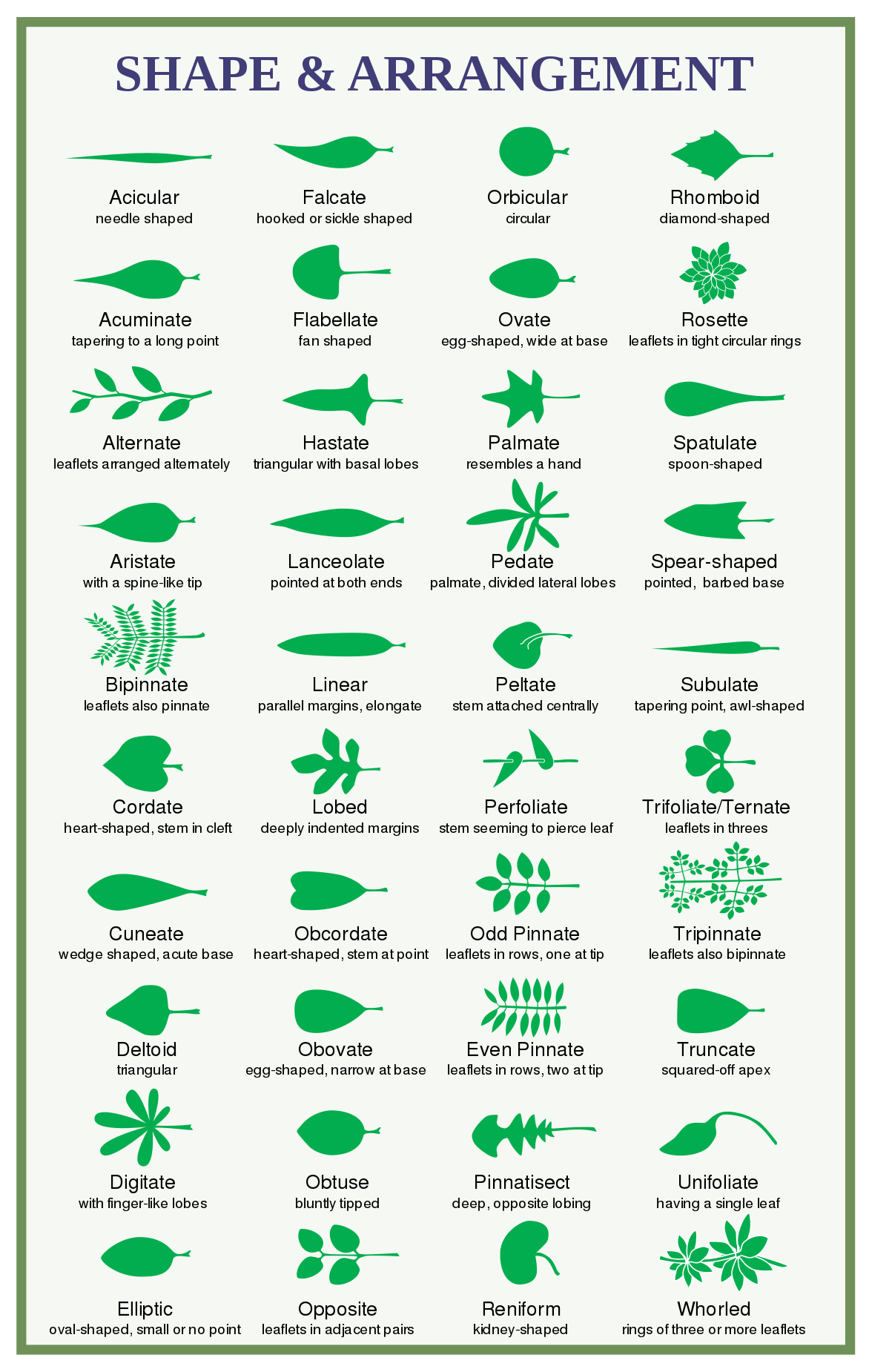New Zealand plants
Recognize plants
Links to helpfull websites
Collectively, trees display scores of different leaf shapes and a wide range of sizes, from less than an inch to more than a yard. Broadleaf trees display the greatest variation in shape, but many are either elliptic or obovate. Conifer leaves tend to fall into just a few main categories: scalelike; linear; or needlelike and tapering to a pointed, but not always sharp, end.

After assessing whether leaves are deciduous or overgreen, the way the leaves are arraenged on the shoot is a helpful aid to identification. Some trees have large leaves that are divided into smaller leaves, or leaflets. These are coumpound, and the arrangement of the leaflets provides another clue to identification. Pinnate leaves have leaflets on either side leaflets arranged like fingers on a hand. Leaves are called simple. Simple leaves may be arranged opposite each other on the stalk or may be alternate.




The margins of both compound and simple leaves may be smooth (known as entire) or may have indentations. The leaf margin indentations may be wavy, serrated ot toothed 9like the teeth of a saw), or lobed. One of the most recognizable leaf margins is that of the commun oak, which has regular 'bites' along the margin interpersed with rounded lobes. Some leaves are also recognizable by their texture. For example, leaves ot the English elm have a rough texture, whereas those of the katsura tree are velvetlike.



